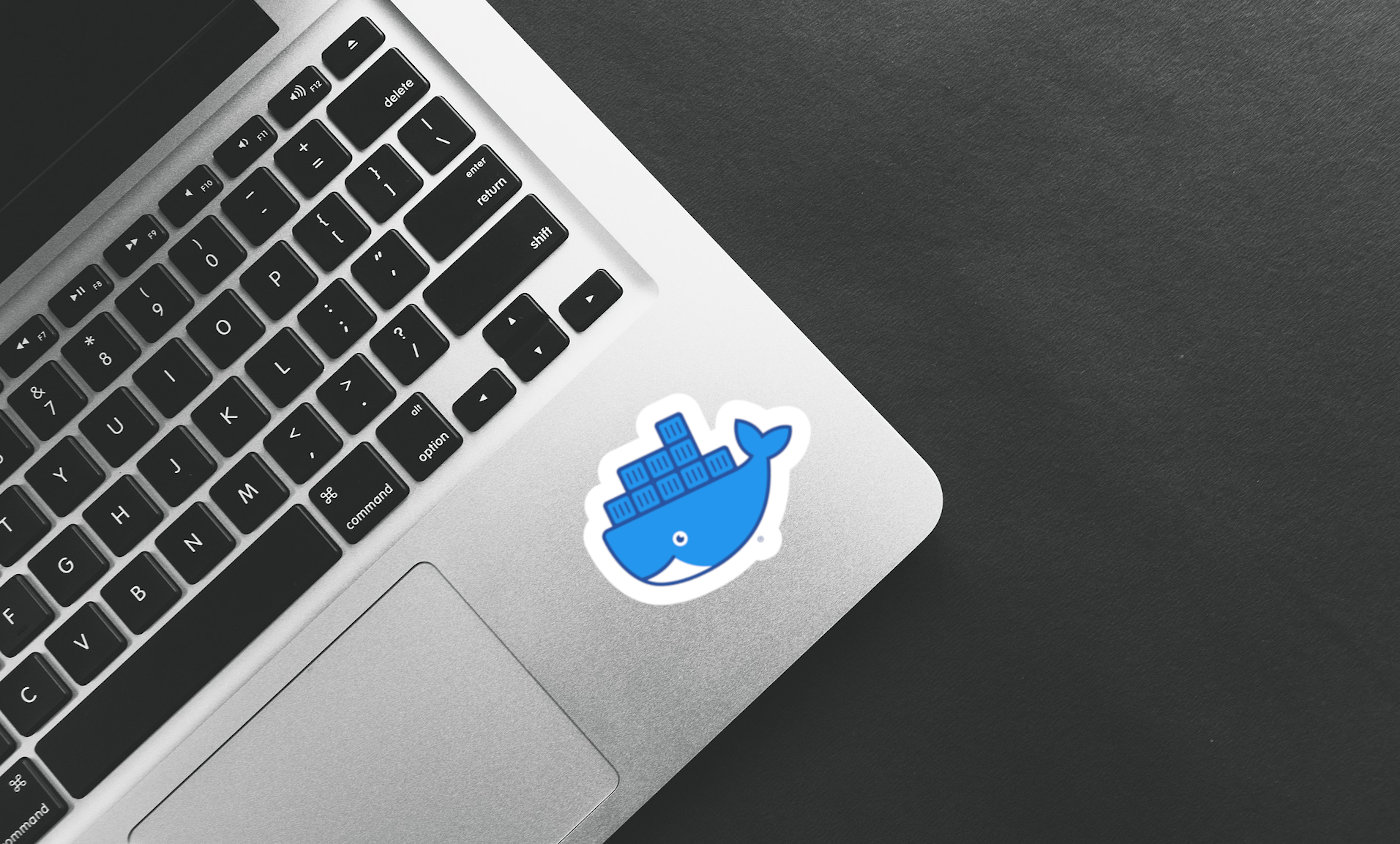

disk space, admin exception) are well worth the benefits. If you are using Docker, it is much preferred to host the Docker environment locally. I would argue that the costs (e.g. This burden of use could discourage you from using the sandbox altogether. While you certainly can use a remote host, you should recognize that you may be introducing too much complexity. I suggest using your local workstation (laptop/desktop) machine. If your team is sharing the sandbox, they will all be afraid to make changes that could impact each other. Make sure everyone has their own individual sandobx.conf2016's Your Splunk Sandbox, I share a few options and considerations. Any Sandbox that you're comfortable destroying will suffice."I'd like an environment where I can just see what happens, without worrying about crashing." "I need a proper testing environment to try out new ideas." "I'd like to keep learning and experimenting." "The more work I put into my environment, the more hesitant I am to try new things." "I'd like to get to the bottom of odd phenomenons and unexpected behavior, but I'm scared to break my environment." Usually, someone who needs a sandbox has been saying things like: Both of these presentations are great background material. conf2017's Sandboxing with Splunk (with Docker). However, if you want to learn more you can check out. You can use this blog to get started with Sandboxing and Docker without any prior experience or knowledge. In fact, I'm NOT a Docker expert at all! I'm just so happy with this idea that I couldn't help but want to share it, my poor Docker skillz notwithstanding.


DOCKER FOR MAC BIND MOUNT SERIES
This is the first in a series of posts covering Splunk-related activities you can do from the comfort of your own.workstation.


 0 kommentar(er)
0 kommentar(er)
